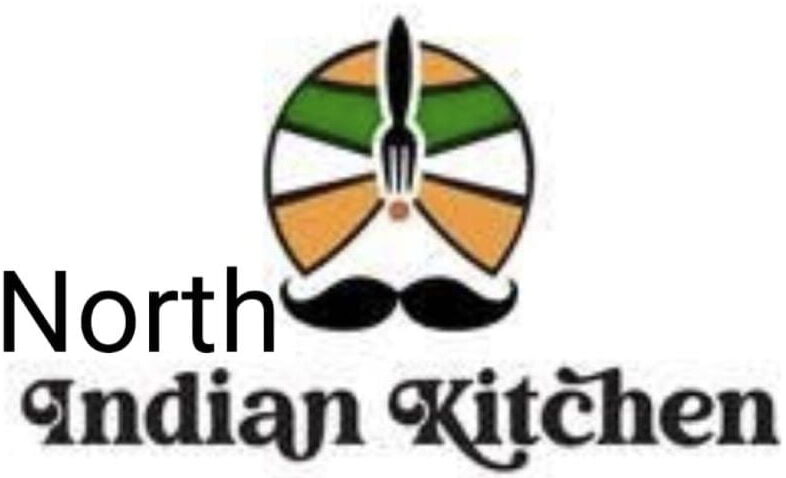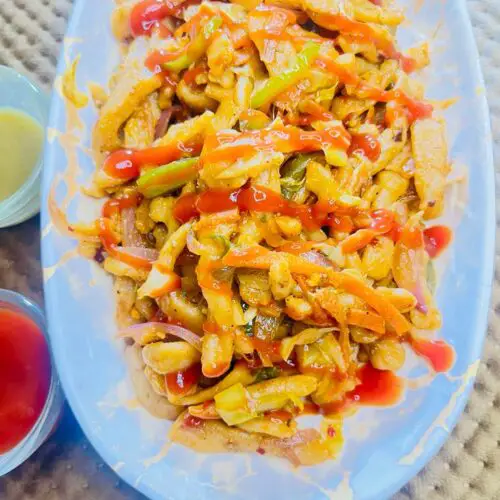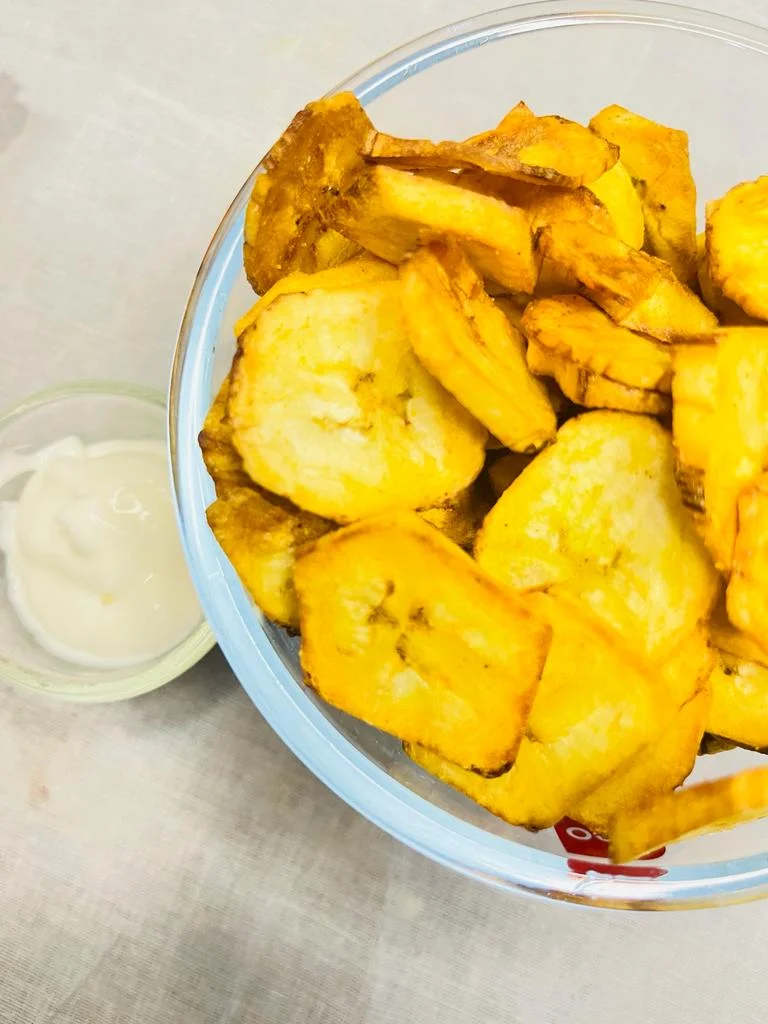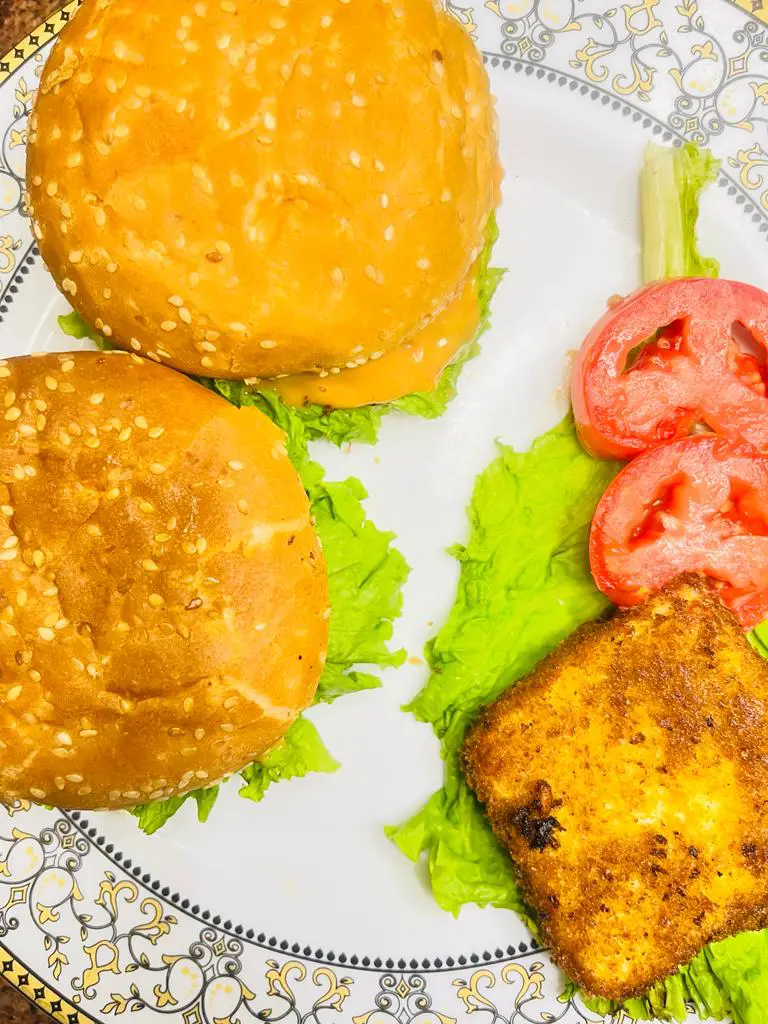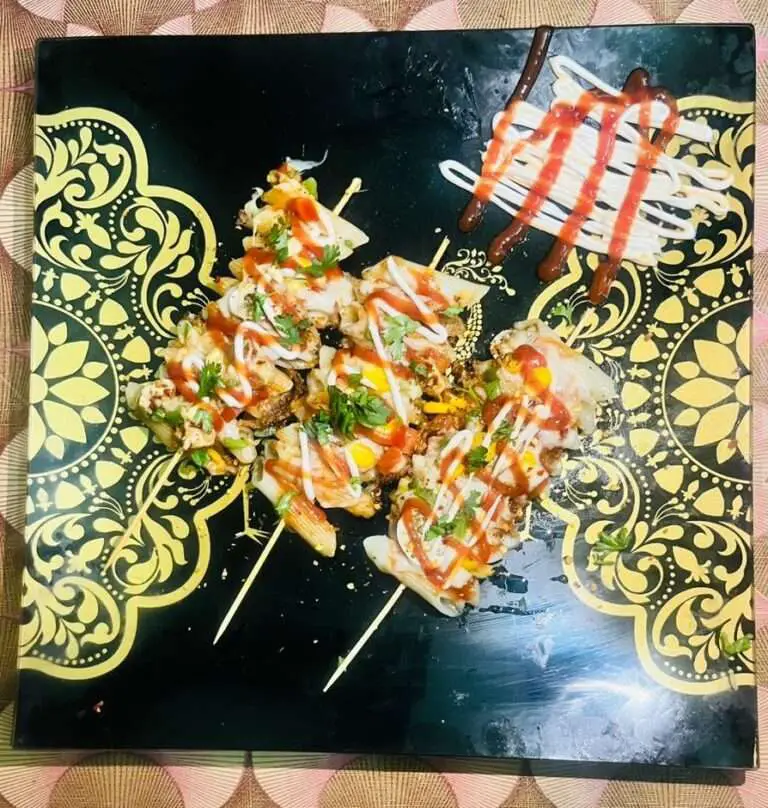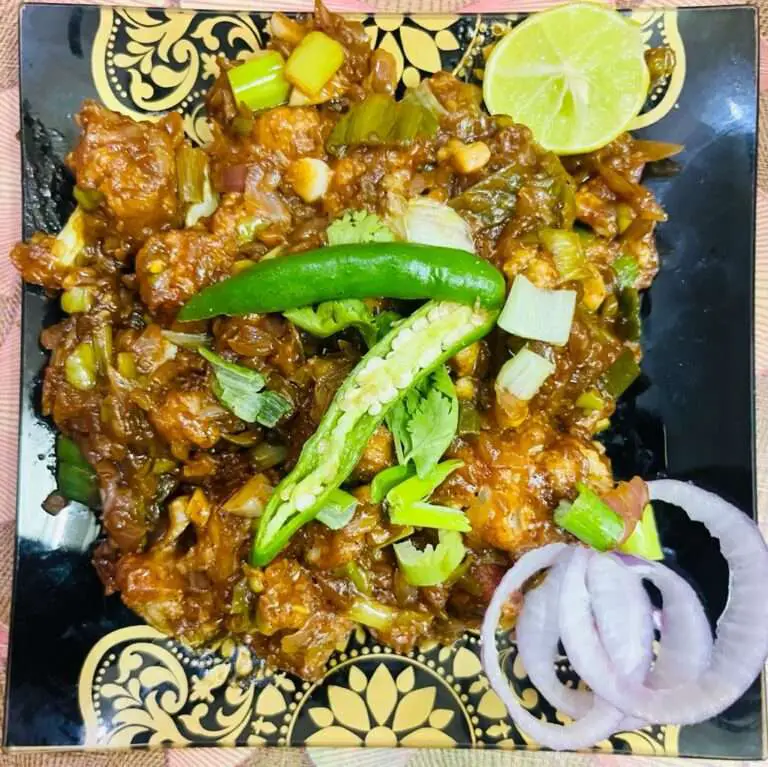Easy Homemade Udon Recipe | Unique Homemade Noodles from Scratch | Handmade Noodles Without Eggs
In the world of gastronomy, few things evoke the same sense of comfort and delight as a plate of homemade noodles. These delectable strands of dough, lovingly crafted by hand, have been a cornerstone of many cultures’ cuisines for centuries.
From Italian pasta to Chinese mein, Japanese ramen to Turkish manti, homemade udon span the globe, each carrying with them a unique story and tradition. In this culinary exploration, we delve into the art of crafting homemade noodles, celebrating the traditions, techniques, and the mouthwatering results they bring to our tables.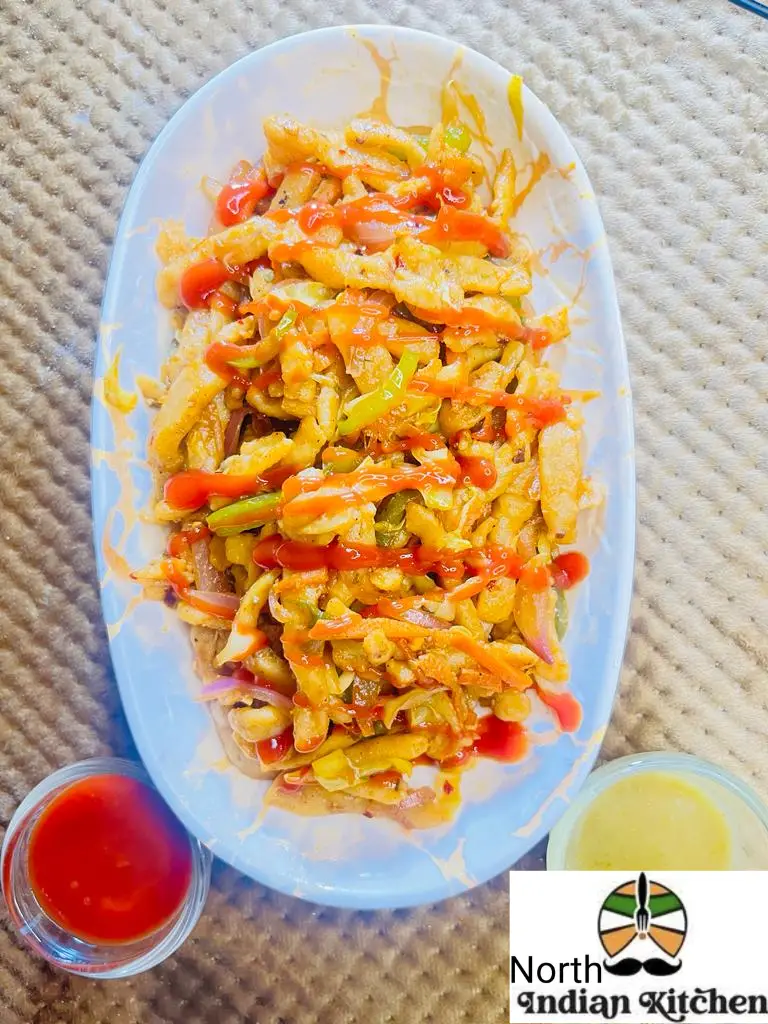
The history of homemade noodles is as diverse as the cultures that embrace them. In China, for instance, the ancient art of noodle-making dates back over 4,000 years. Legend has it that Chinese chef Shu Han discovered the method while searching for a way to stretch his meager ingredients into a satisfying meal.
Over time, this simple dough evolved into the extensive array of noodles we know today, with regional specialties like Beijing’s “zhajiangmian” and Lanzhou’s “Lamian” capturing unique flavors and textures.
So, lets dive with us in a culinary world of Great Homemade Noodles and have fun with it.
Making of Homemade Noodles
Prepare Noodles
- Initially take a bowl and add 1cup flour in it.
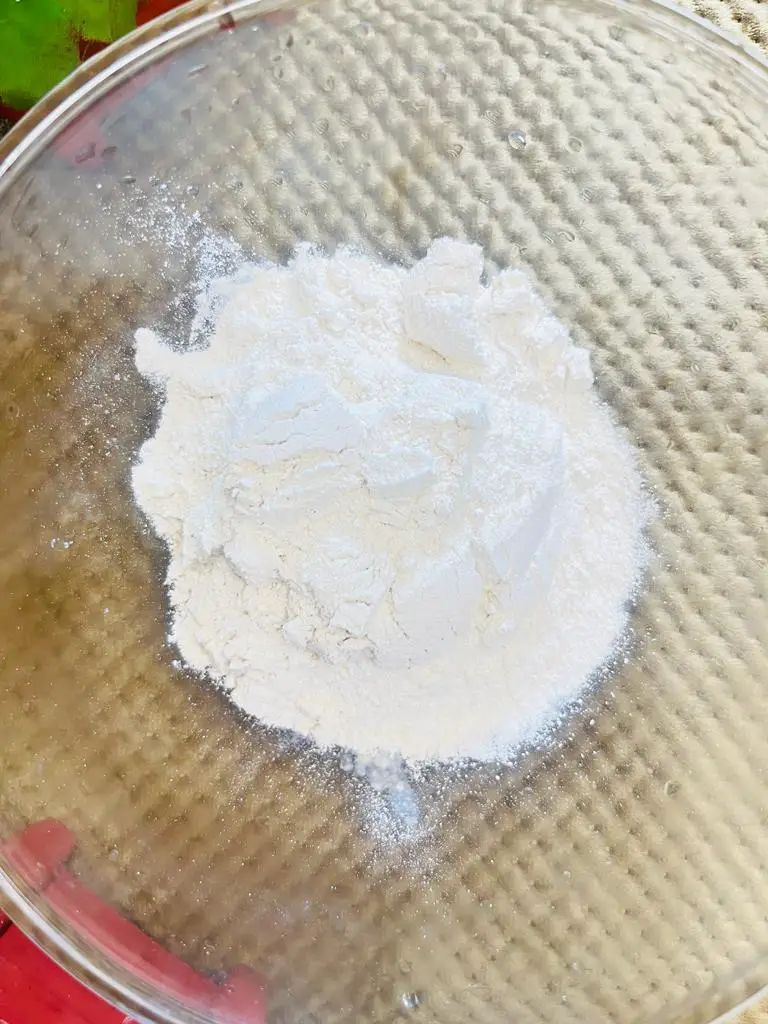
- Pour water as required to make a smooth dough. Make sure the dough should not be more thick or thin.
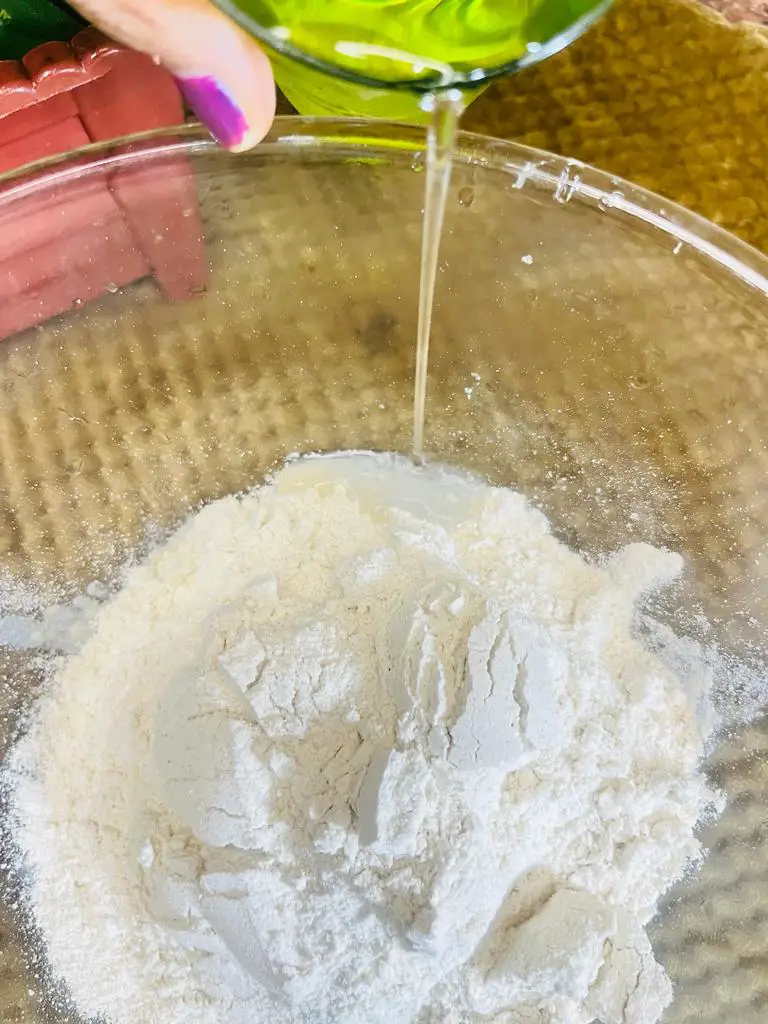
- Now dough is ready.
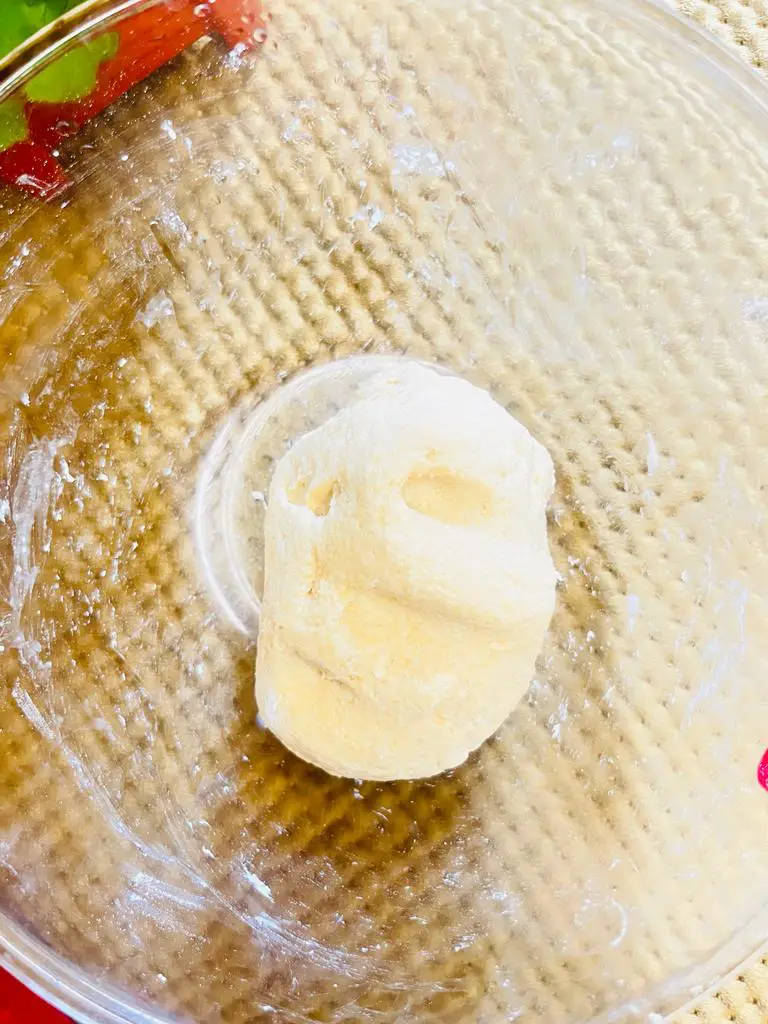
- Now take a rolling board and sprinkle flour on it. Place prepared dough on sprinkled flour.
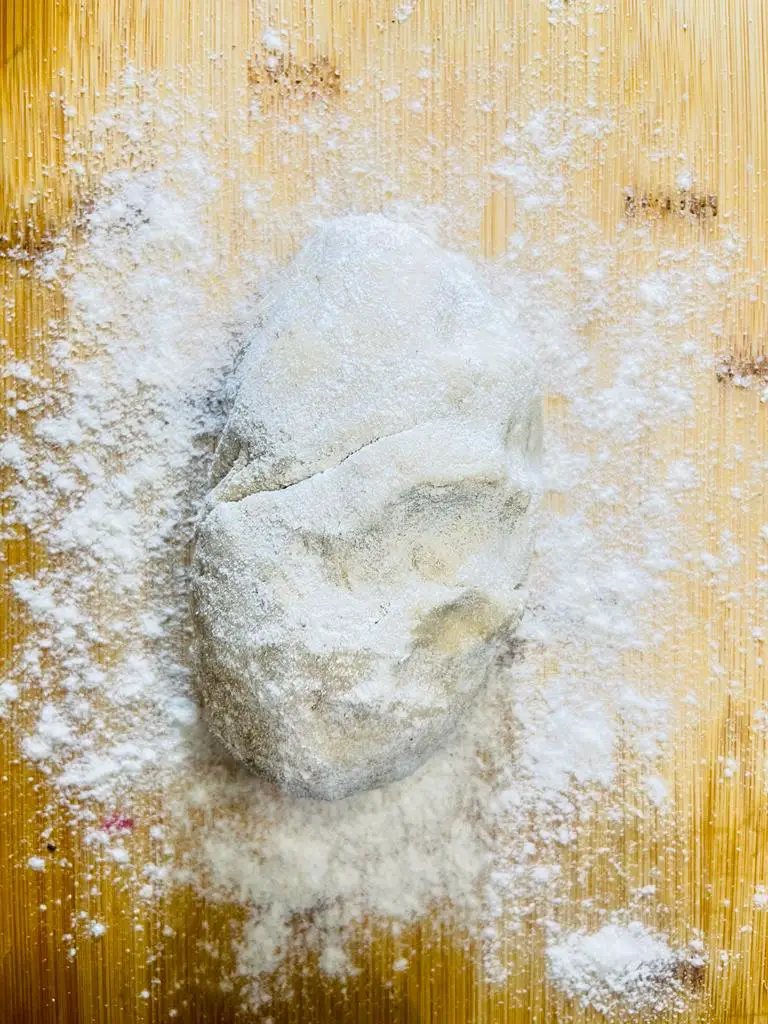
- Roll the rolling pin all over the dough.
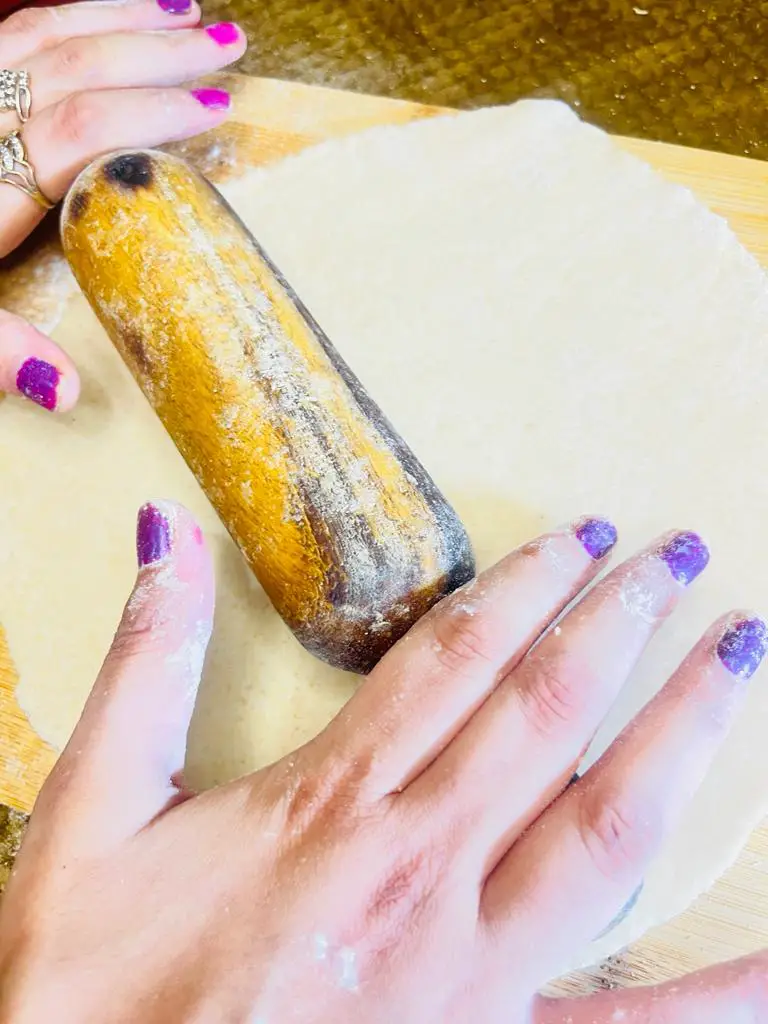
- Cut the outer sides.
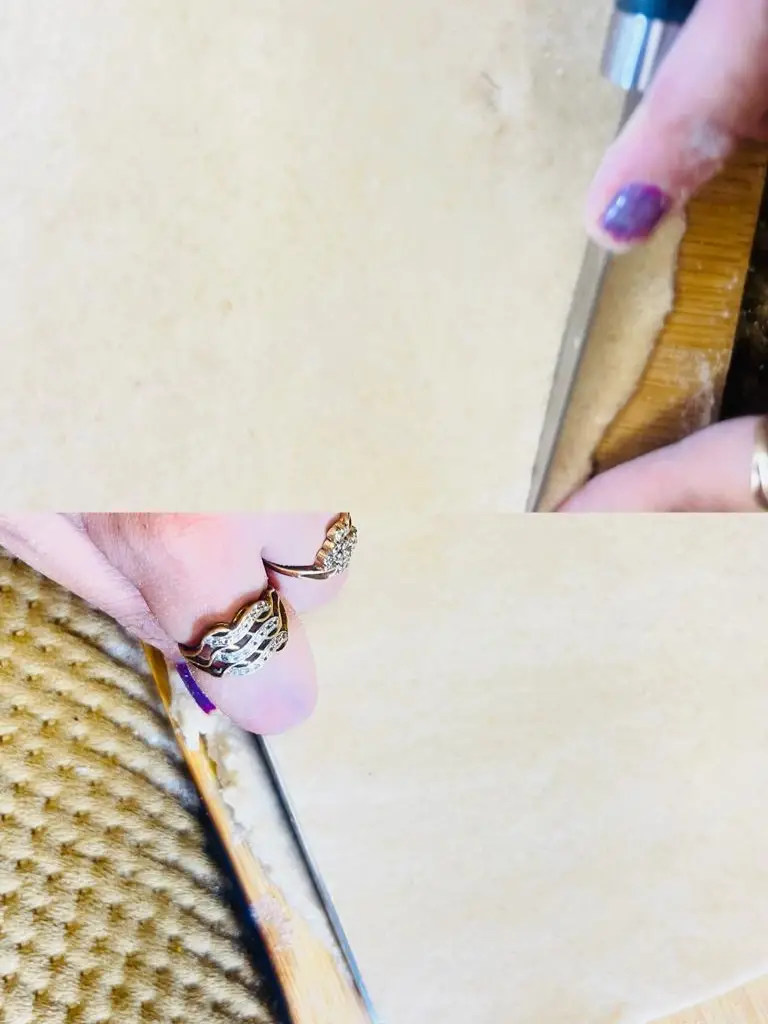
- Now cut the inner side in a sleek lines.
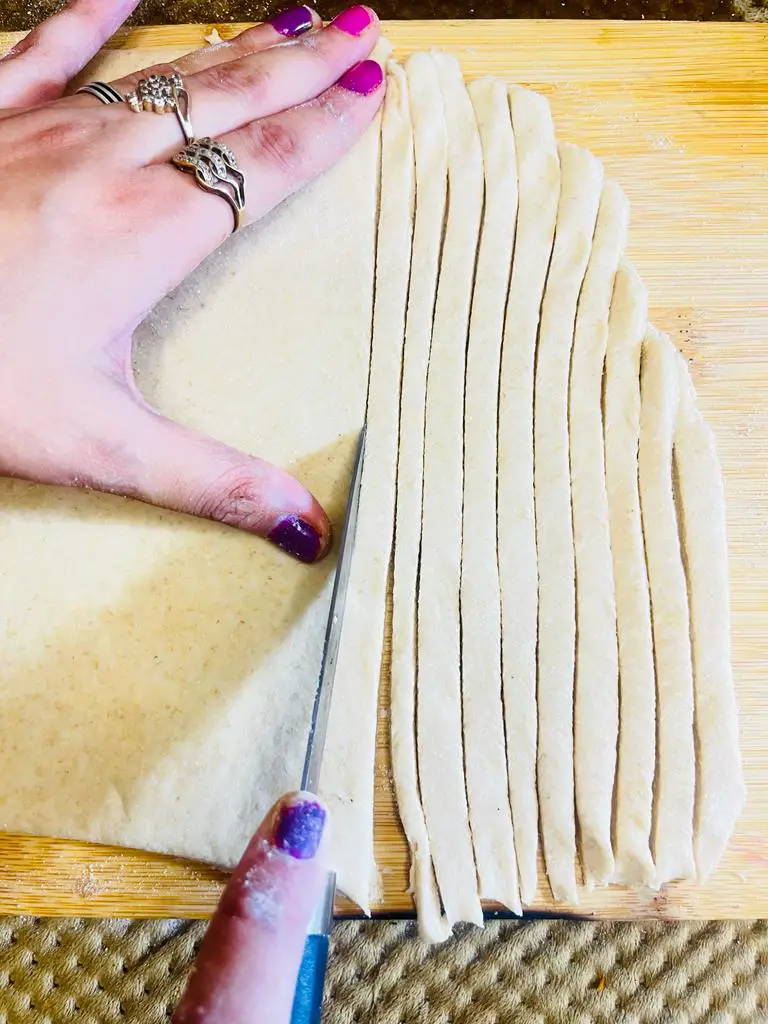
- Again sprinkle flour on sleek lines so that they will not stick with one another.
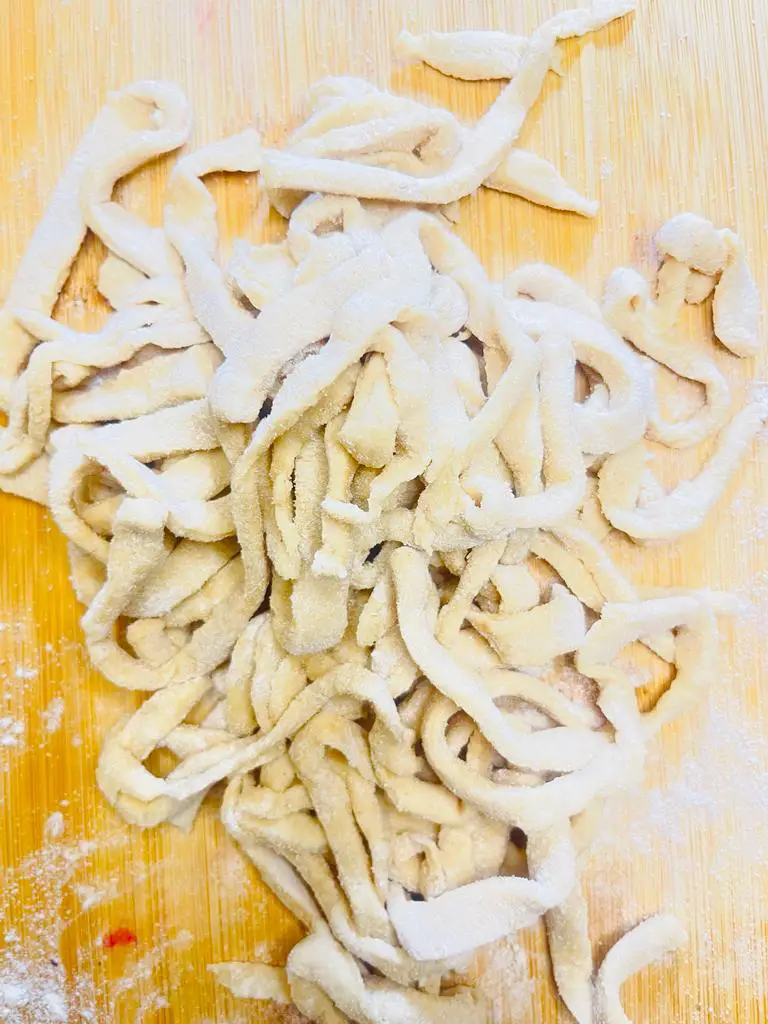
Boil Noodles
- Place a kadai on medium-high flame, add water as required and 1teaspoon salt in it.
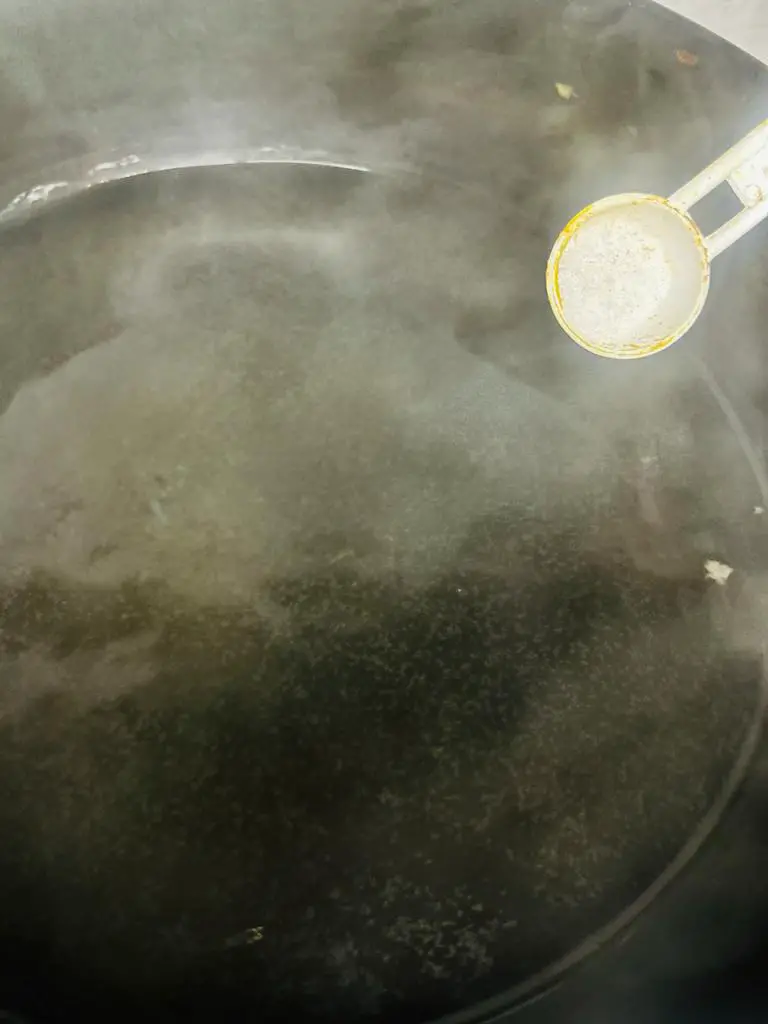
- Pour 1tablepoon oil.
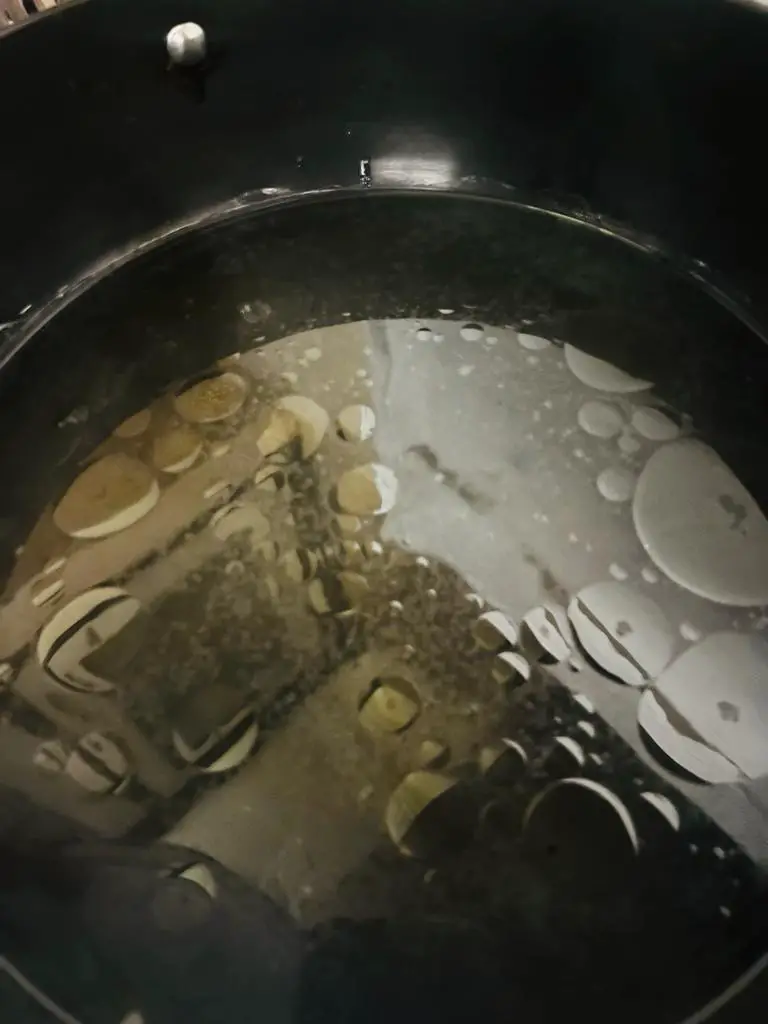
- Now put the prepared flour noodles.
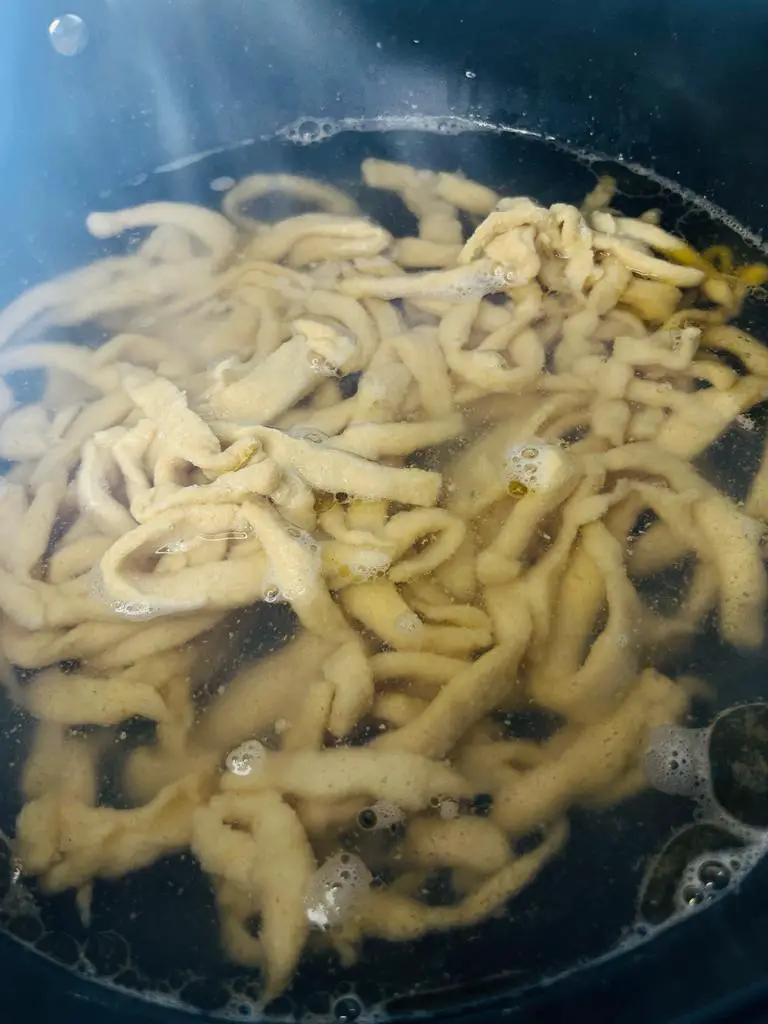
- Cook it until it boils. It will take approximately 20 minutes.

- Afterwards take a bowl, place big strainer on it. Now transfer the boiled noodles on it.
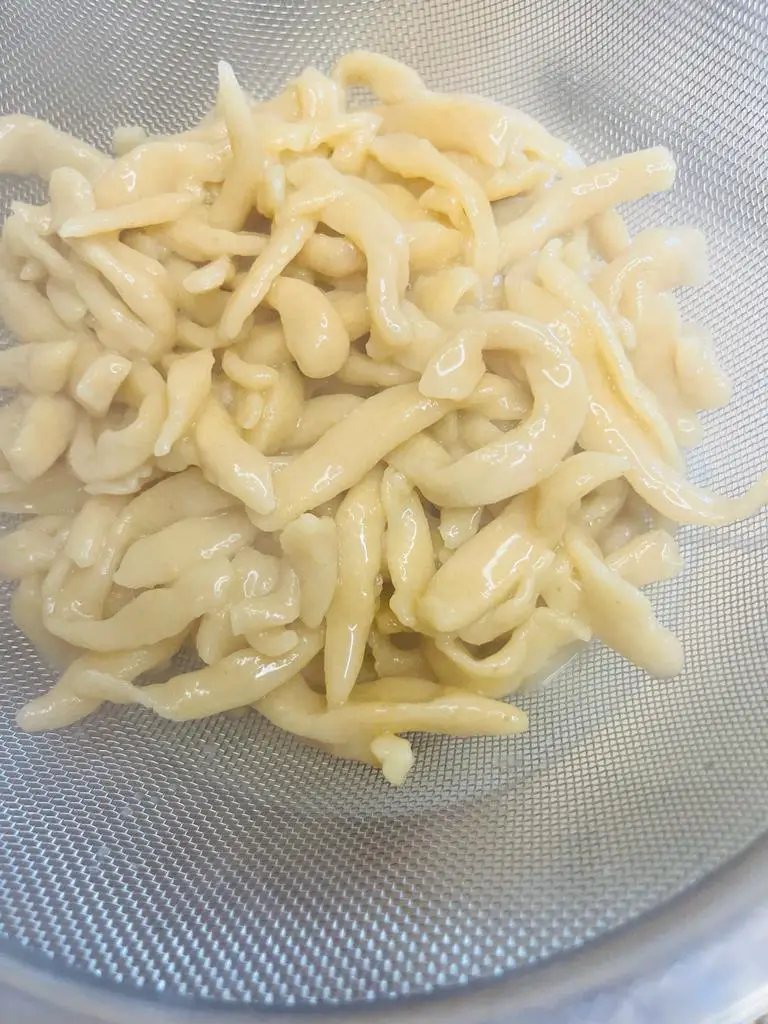
- Pour water on noodles.
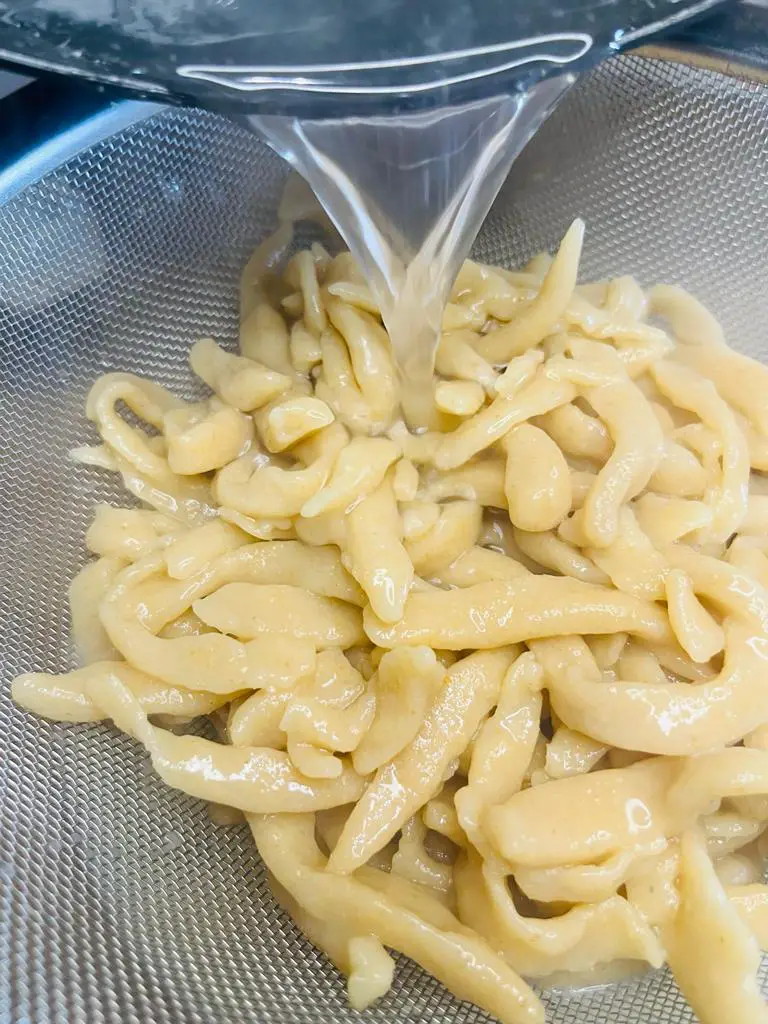
- Rest them for some time so that the whole water and moisture will comes out from noodles.
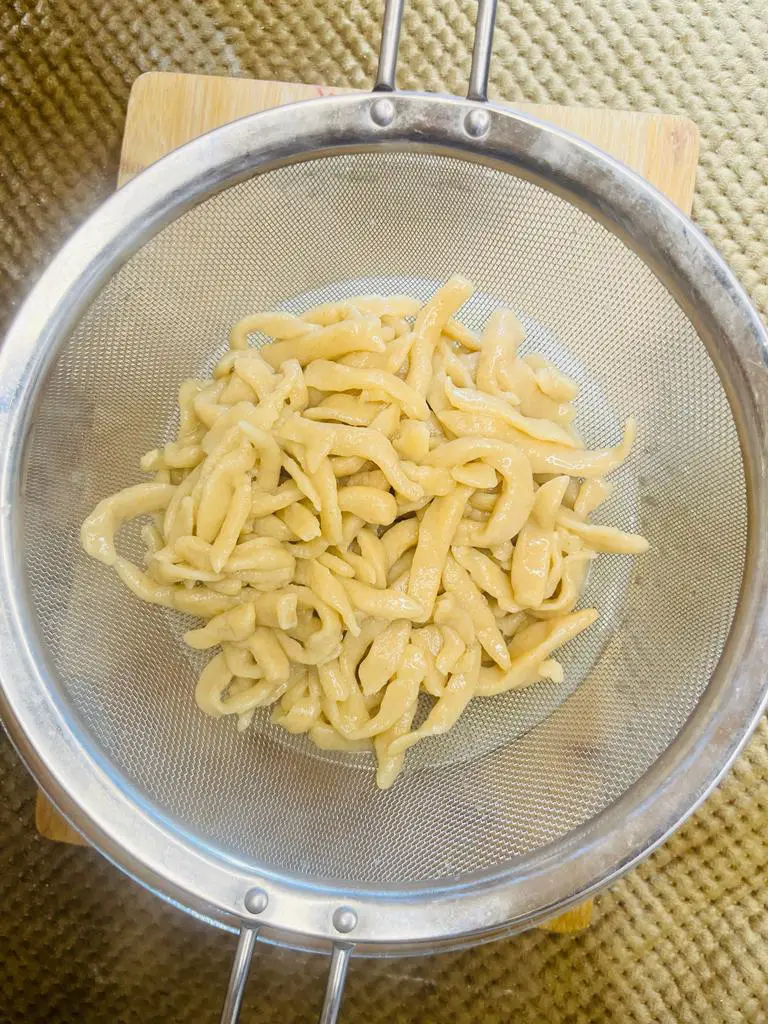
Cook Noodles
- For cooking use that kadai which we use for noodles boiling. Pour 2 tablespoon oil and Add1chopped carrot, 1/2 sliced onion, 1/2 chopped capsicum, 1/4 chopped cabbage & 1chopped green chili.
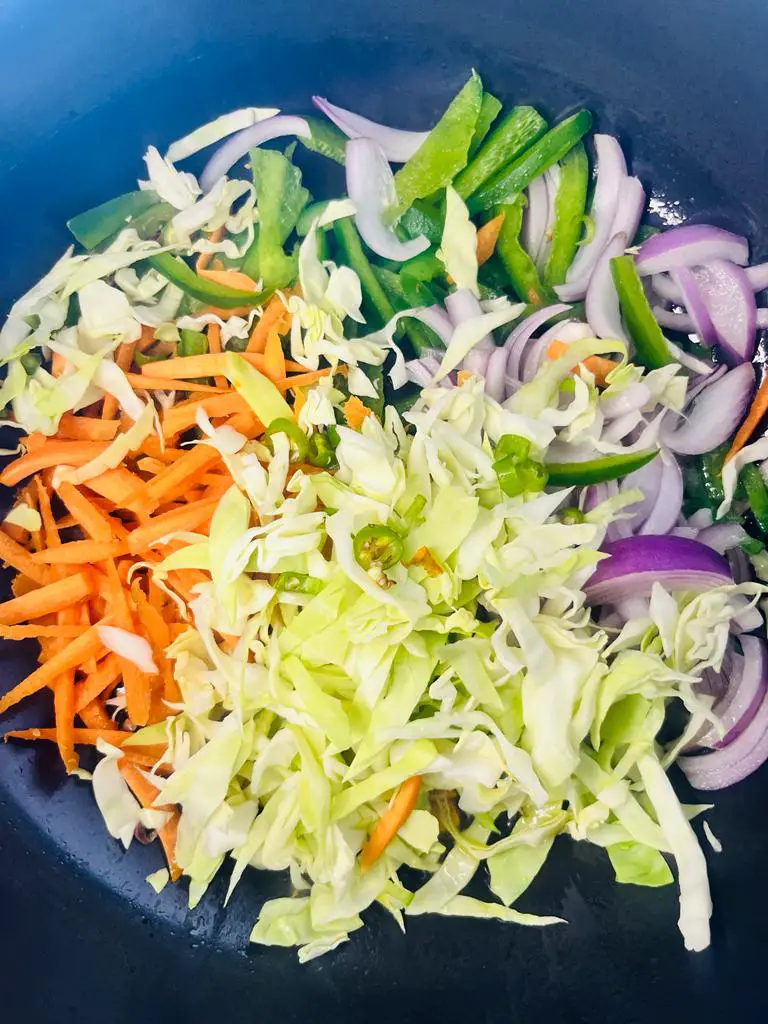
- Now add 1 teaspoon schezwan sauce, 1 teaspoon tomato sauce, 1/2 teaspoon chili sauce, 1 teaspoon soya sauce & 1 teaspoon sweet & spicy sauce.
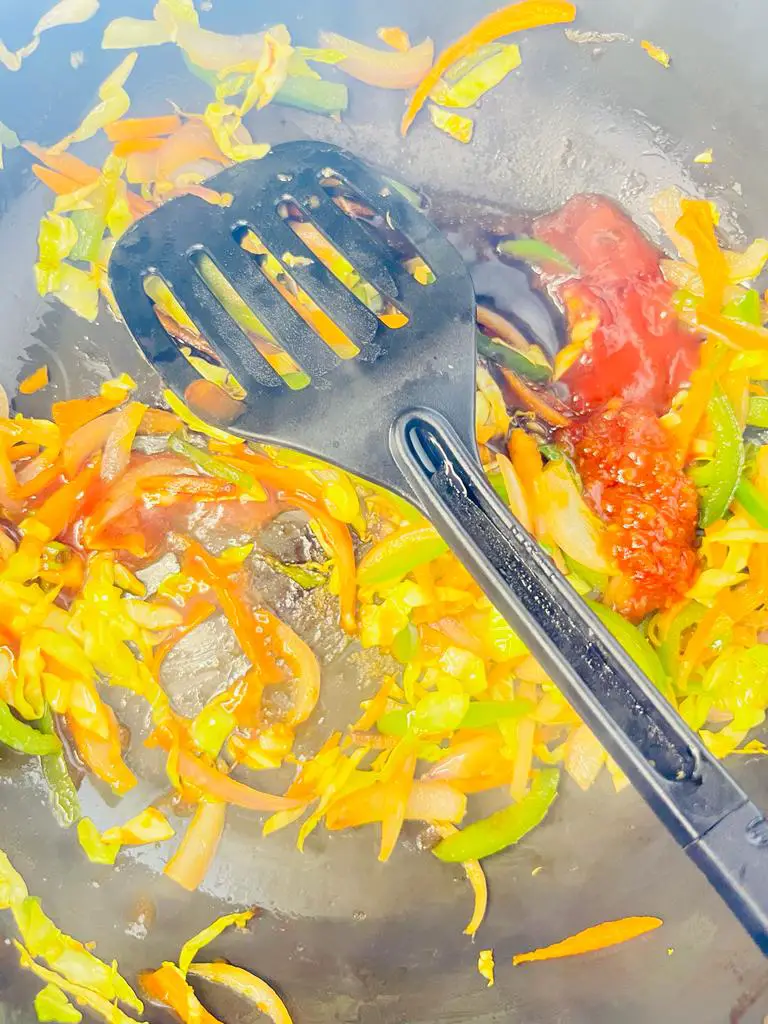
- Add 1/2 teaspoon salt, 1/2 teaspoon black pepper powder, 1/2 teaspoon chili flakes & 1/2 teaspoon oregano.
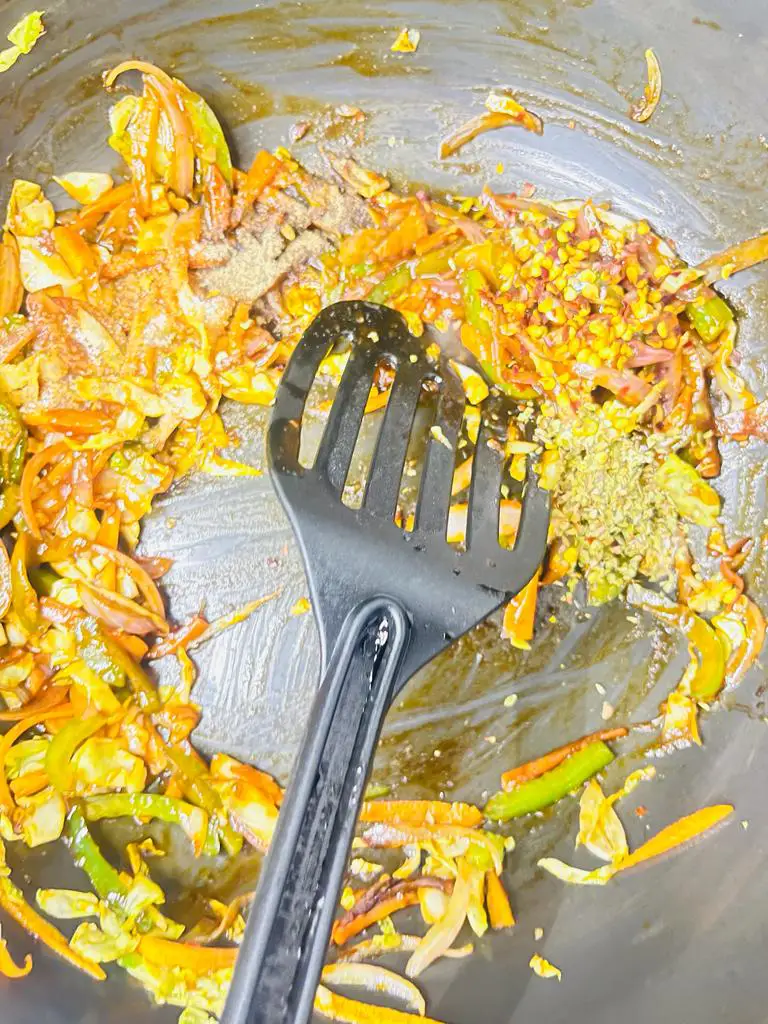
- Lastly add boiled noodles.
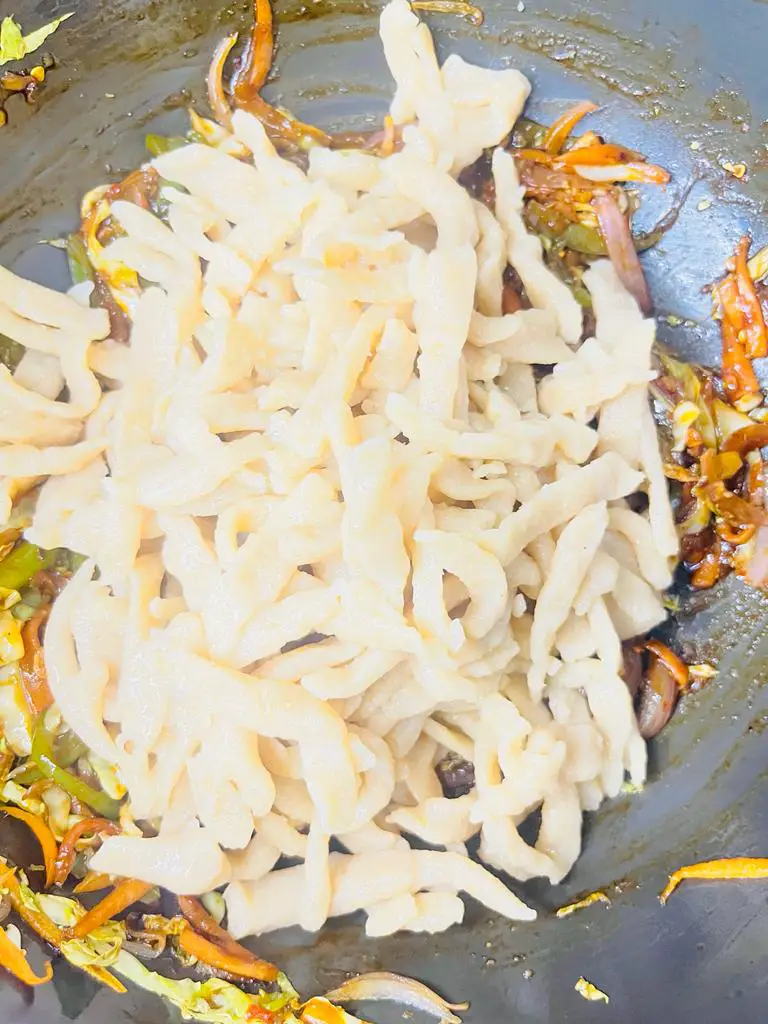
- Mix it well so that all the sauces and spices get fully mixed with it.
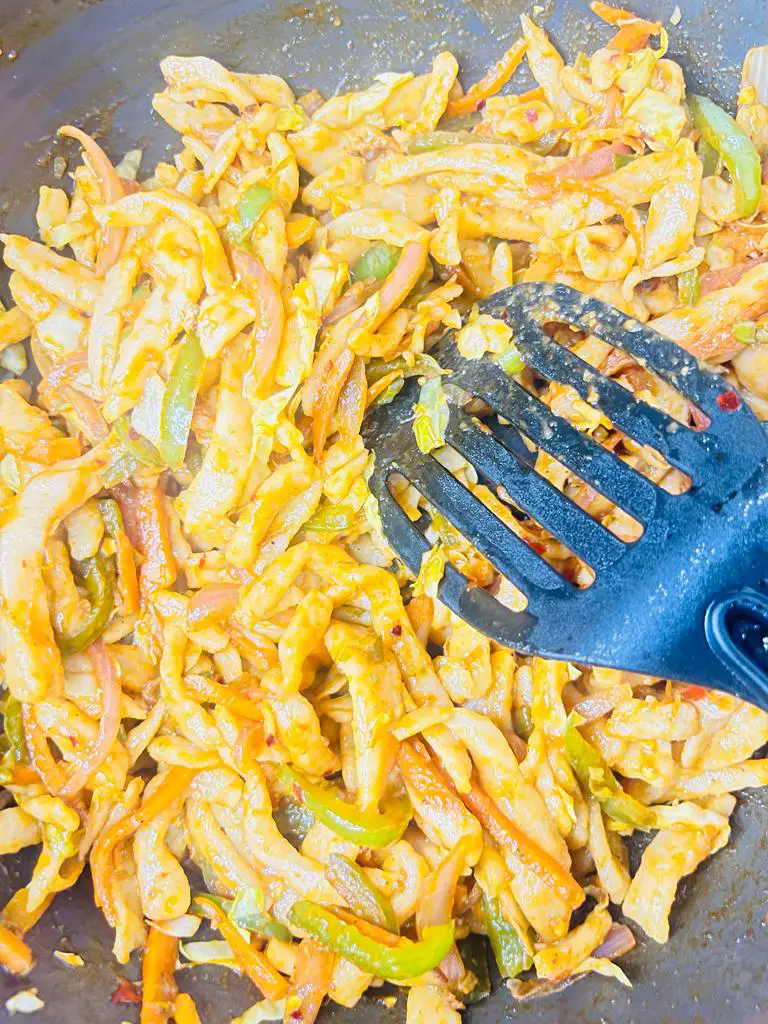
- You Perfect Homemade Wheat Noodles are ready. Serve it immediately as it is hot.
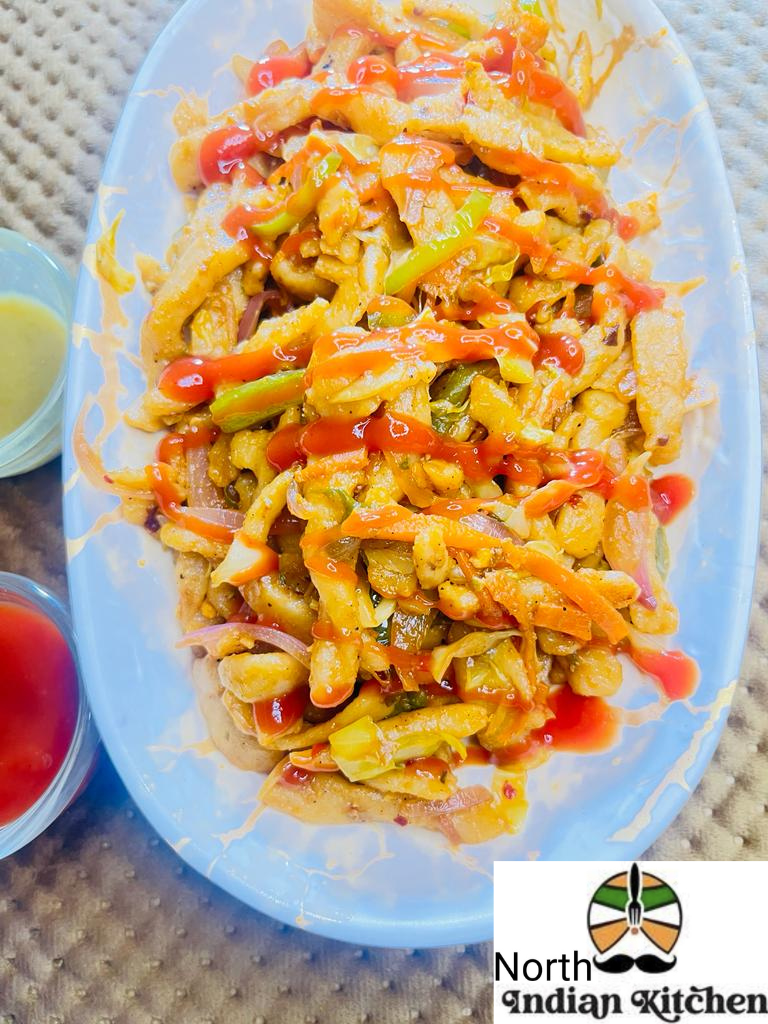
Expert Tips
Choose Quality Ingredients: Begin with high-quality ingredients. Use fresh eggs, premium flour (like durum wheat semolina for pasta), and filtered water. The quality of your ingredients will greatly impact the flavor and texture of your noodles.
Measure and Balance: When mixing your dough, measure your ingredients accurately. The balance between flour, liquid, and other components like salt is crucial. Start with a ratio that you can adjust based on the humidity and other environmental factors.
Knead with Care: Kneading is where the magic happens. Knead your dough until it’s smooth, elastic, and slightly tacky to the touch. This process develops gluten, which gives your noodles their structure.
Rest the Dough: Allow your dough to rest before rolling or shaping. This relaxes the gluten, making the dough easier to work with. Cover the dough with a damp cloth or plastic wrap to prevent drying.
Master the Rolling Technique: If you’re making pasta, invest in a quality pasta roller. Start with the widest setting and gradually decrease the thickness until you achieve the desired thinness. For hand-pulled noodles, practice stretching and folding to create the characteristic strands.
Use Proper Flouring: When rolling or cutting the dough, use a light dusting of flour to prevent sticking. Excessive flour can alter the dough’s texture, so use it sparingly.
Cook Fresh Noodles Quickly: Fresh handmade noodles cook much faster than dried ones. Keep a watchful eye while boiling—noodles can go from perfectly cooked to overcooked in a matter of seconds. Have your sauce or broth ready so you can quickly transfer the cooked noodles and enjoy them at their best.
FAQs
Q. What is the difference between handmade and store-bought noodles?
A. Handmade noodles are crafted from scratch using basic ingredients like flour, water, and sometimes eggs. They are rolled, stretched, or cut by hand, resulting in unique textures and irregular shapes. Store-bought noodles are mass-produced using machines, which often results in uniform shapes and sizes.
Q. What type of flour is best for making handmade noodles?
A. Durum wheat semolina flour is commonly used for making pasta, as it has a high protein content that contributes to the desired texture and chewiness. All-purpose flour is suitable for many types of noodles, while rice flour is great for gluten-free options.
Q. How do I prevent my noodles from sticking together?
A. To prevent sticking, lightly flour your dough and work surface during rolling and cutting. If you’re making long strands like pasta or hand-pulled noodles, hang them on a pasta drying rack or lay them out on a lightly floured surface.
Q. Can I make handmade noodles ahead of time?
A. Yes, you can. After rolling and shaping the noodles, let them air-dry for about 15-30 minutes to develop a slightly dry surface that prevents sticking. You can also freeze the noodles on a baking sheet and then transfer them to a resealable bag for longer storage.
Q. How do I know when handmade noodles are cooked?
A. Fresh handmade noodles cook quickly, typically within 2-4 minutes in boiling water. They’ll float to the surface when they’re done. The best way to determine doneness is by tasting; the noodles should be tender yet have a pleasant chew.
Q. Can I add flavors or colors to handmade noodles?
A. Absolutely. You can incorporate flavors like spinach, beet, or even squid ink to add color and taste to your noodles. Mix these ingredients into your dough during the kneading process.
Q. What’s the secret to making hand-pulled noodles?
A. Hand-pulled noodles, also known as “Lamian,” require practice. The key is to develop a rhythmic motion of stretching and folding. Start with a basic recipe and focus on the pulling technique, gradually increasing your confidence as you go.
Q. Can kids participate in making handmade noodles?
A. Yes! Making handmade noodles can be a fun and educational activity for kids. They can help with tasks like mixing, kneading, and shaping. It’s a great way to introduce them to the joys of cooking and the satisfaction of creating something from scratch.
Q. Are handmade noodles healthier than store-bought ones?
A. Handmade noodles allow you to control the quality of ingredients and avoid additives that are sometimes present in store-bought noodles. However, the overall healthiness depends on the ingredients you choose and the way you prepare and serve the noodles.
Enjoyed this recipe? Then Try our Other Snacks Recipes
Please be sure to rate this recipe or leave a comment below if you have made it. For more vegetarian & non – vegetarian inspirations, Sign Up for my emails or follow me on Instagram, Youtube, Facebook, Pinterest or Twitter.
Homemade Noodles Recipe Card
Equipments
Ingredients
For Preparing Noodles
- 1 cup Whole Wheat
- Water as required
For Boiling Noodles
- Water as required
- 1 teaspoon Salt/as required
- 1 tablespoon Oil
For Cooking
- 2 tablespoons Oil
- 1 Carrot(chopped)
- ½ sliced Onion
- ½ Capsicum(chopped)
- ¼ Cabbage(chopped)
- 1 Green Chili
Sauces
- 1 teaspoon Schezwan sauce
- 1 teaspoon Tomato sauce
- ½ teaspoon Chili sauce
- 1 teaspoon Soya sauce
- 1 teaspoon Sweet & Spicy sauce
Spices
- ½ teaspoon Salt/as per taste
- ½ teaspoon Black Pepper powder
- ½ teaspoon Chili Flakes
- ½ teaspoon Oregano
Instructions
- Prepare Noodles 2. Initially take a bowl and add 1cup flour in it.3. Pour water as required to make a smooth dough. Make sure the dough should not be more thick or thin.4. Now dough is ready.5. Now take a rolling board and sprinkle flour on it. Place prepared dough on sprinkled flour.6. Roll the rolling pin all over the dough.7. Cut the outer sides.8. Now cut the inner side in a sleek lines.9. Again sprinkle flour on sleek lines so that they will not stick with one another. Boil Noodles 10. Place a kadai on medium-high flame, add water as required and 1 teaspoon salt in it.11. Pour 1tablespoon oil.12. Now put the prepared flour noodles.13. Cook it until it boils. It will take approximately 20minutes.14. Afterwards take a bowl, place big strainer on it. Now transfer the boiled noodles on it.15. Pour water on noodles.16. Rest them for some time so that the whole water and moisture will comes out from noodles.Cook Noodles 17. For cooking use that kadai which we use for noodles boiling. Pour 2 tablespoon oil and Add1chopped carrot, 1/2 sliced onion, 1/2 chopped capsicum, 1/4 chopped cabbage & 1chopped green chili. 18. Now add 1 teaspoon schezwan sauce, 1 teaspoon tomato sauce,1/2 teaspoon chili sauce, 1 teaspoon soya sauce & 1 teaspoon sweet &spicy sauce. 19. Add 1/2 teaspoon salt, 1/2 teaspoon black pepper powder, 1/2teaspoon chili flakes & 1/2 teaspoon oregano.20. Lastly add boiled noodles. Mix it well so that all the sauces and spices get fully mixed with it.Your Homemade Wheat Noodles are ready to serve
Video
Notes
- Make sure the dough's consistency should be normal. Neither thick nor thin.
- You can add more vegetables (as per licking) while cooking the noodles.
- You can adjust sauces like if kids are going to eat then you can skip chili sauce.
